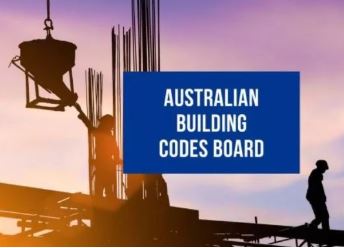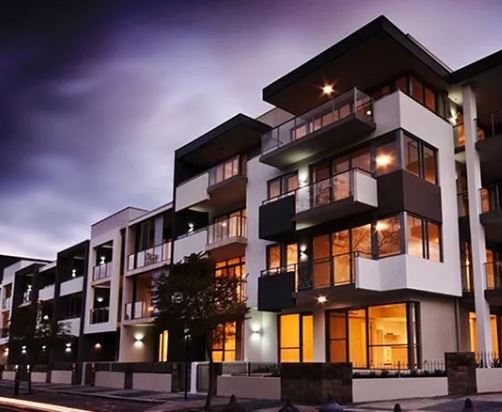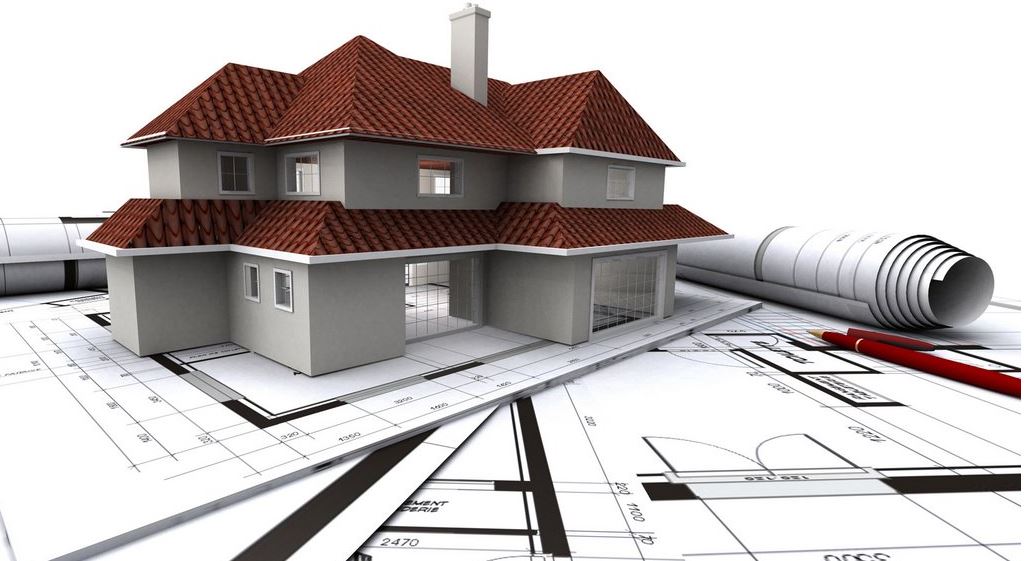
In Sydney, a prestigious apartment building built by a well-known developer is replacing the first waterproof and waterproof membrane. Five years later, the first waterproof and waterproof membrane has been completed and leaked. The second film is almost certainly compliant with the National Building Code (NCC) and has proven to be qualified; the first may have also been complied with. For fifteen years, however, owners and tenants living under the terraces have endured moldy walls, carpets, and ceilings because the regulations fail to adequately control waterproof materials and methods. A key assumption made by the government and regulators is that if the construction of apartments meets the requirements of the National Building Code, confidence will return to the market. As the story above shows, just following the code is not enough to resolve many common pitfalls. The public still lacks confidence.

In 2017, the Forum of Building Ministers, consisting of the Federal, State and Territory Ministers responsible for Australian building codes, commissioned a report by Peter Shergold and Bronwyn Weir. Their report said: “… the public’s confidence that the construction industry can provide compliant, safe buildings and that they can meet expected standards over the long term is weakening.” Since then, the dramatic structural failure and evacuation of the Opal Tower on Christmas Eve 2018, the cladding fire of the Neo200 in February 2019, and the structural failure and evacuation of the Mascot Tower in June 2019 have been making this problem Focus of media attention. The crisis of public trust, if any, has deepened.

Australian building codes themselves are part of the problem

National building codes were originally the minimum standards to provide structural integrity and fire safety. It was never intended to provide effective control over all aspects of construction work that make a house or apartment livable and durable. This may be a surprise to many people, including government agencies, but it is inherent to the “minimum standard” approach that supports the structure and objectives of the Code.
The objectives on page 9 of the specification are helpful:
1) Ensure that the requirements have a basis for rigorous testing; and
2) Effectively and proportionately resolve applicable issues; and
3) Create benefits for society that exceed costs; and
4) consider non-regulatory alternatives; and
5) consider the competitive effects of regulation; and
6) No unnecessary restrictions.
In trying to consider “competitive effects”, avoid being “restrictive” and encouraging “non-regulatory alternatives” including self-certification and self-regulation, the code opens the door to a “everything” mentality in many ways . First, the requirements for waterproofing houses and apartments according to Section F of the Code are clearly invalid.
The relevant Australian standards AS 4654.1 and AS 4654.2 were prepared with substantial input from the building materials supply industry. The standard allows the use of unsuitable waterproofing membranes in many cases, especially where tiles are directly bonded to unsuitable liquid application membranes. As the example at the beginning of this article shows, the solution rarely lasts more than four to five years, and in some cases rarely. Rectification is expensive and inconvenient. It involves modifying and replacing all tiles. In addition, any constructed apartment building without steps at the junction between the walls and the floor may leak in a similar time. These practices are based on the desire to save a few dollars in construction costs, not on the promise of providing the required durability standards. Durability is not part of the code goal.
How to modify building codes?
There are a number of simple ways we can improve the code: Both Type 1 (House) and Type 2 (Apartment) buildings should be located in Volume 2, which is dedicated to homes intended for sale. Houses and apartments should be required to be “fit for purpose” and have clearly stated goals to provide protection to the buyer. This should include a government-supported mandatory minimum legal warranty of 7 to 10 years.

The durability required for the waterproofing membrane must be clearly stated, as well as the details of all the houses, especially the Grade 2 apartment. Waterproofing should last at least 25 years without extensive maintenance. It may take 40 years for buildings that require the removal of waterproofing elements or that are fundamentally difficult to access. Non-durable details are prohibited, including slabs that have no steps at the wall junctions, or terrace and balcony tiles that are directly bonded to a liquid waterproofing membrane. The structure of the apartment should be required to last at least 50 to 60 years without requiring extensive maintenance. For buildings with more than three floors, the minimum expectation for the durability of any envelope component and related finishes should be 25 years, and for taller buildings it may be 40 years.
The “Performance Requirements” of Section F of the Code “Health and Convenience” should be expanded to ensure that apartments are comfortable, economical, maintained and sustainable. The structure of the apartment should be required to last at least 50 to 60 years without requiring extensive maintenance. For buildings with more than three floors, the minimum expectation for the durability of any envelope component and related finishes should be 25 years, and for taller buildings it may be 40 years. The “Performance Requirements” of Section F of the Code “Health and Convenience” should be expanded to ensure that apartments are comfortable, economical, maintained and sustainable. Some developers are already delivering well-designed, durable and purpose-built apartment buildings. They deserve praise. The problem for buyers is finding these in scum.

For new homes and apartments, we need to ensure that the National Building Code meets community expectations for use and durability. This requires a return to a more proactive and interventionist regulatory framework, including the establishment of an independent “line of sight” to inspect work during construction.

